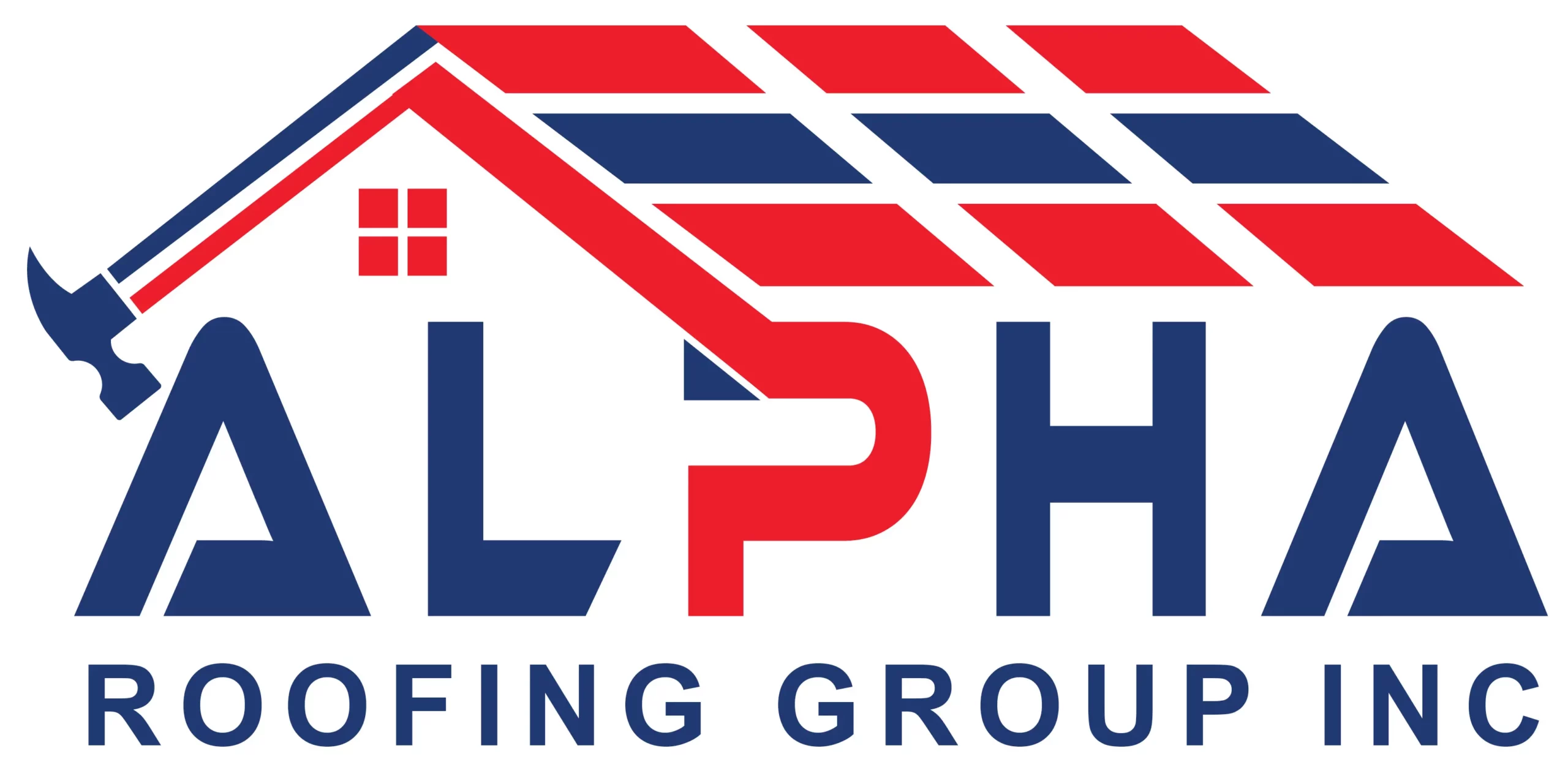Cracking the Code on Roof Construction Costs
Are you ready to shingle and unshaken over the dramatic range of roof construction cost estimates littering your Google search? You’ve landed in a safe place. Whether you’re investing in a new roof or simply navigating through roof repairs, understanding the nuts and bolts of roofing expenses is paramount. As per HomeAdvisor, the average homeowner drops a cool $7,633 to install a roof, with most spending within a range of $5,202 and $10,128. Now that’s quite a price range! This ultimate guide aims to cap off your inquiries concerning roofing material prices, roof installation costs, and so much more.
Shingle Shock: Understanding the Influence of Roofing Materials
Your choice of roof material has one of the most significant impacts on your overall roof installation costs. From shingle prices to metal roofing cost to tiles, the costs can be as diverse as the materials themselves. A budget selection might entail an asphalt shingle cost of around $1,200, while a luxury option may ratchet the cost up to a whopping $30,000 – pretty steep, huh?
The Importance of Roof Size and Slope
Size does matter. Roof costs operate on a square footage system, typically referred to as roofing squares. One square equals 100 square feet of the roof area. It’s pretty simple – the larger your roof, the more you’ll dish out. The slope of your roof also factors into your cost analysis. The steeper the slope, the harder the work – and the higher the cost.
Geography – Location, Location, Location!
Your property’s location can seriously impact your roof construction cost. Just as real estate prices vary by region, so do roofing contractor rates. In areas known for more extreme weather conditions, roofing material prices and residential roofing costs can be higher due to the requirement for more durable and weather-resistant materials.
Prevention is Cheaper, The Logic of Roof Inspection
According to the National Roofing Contractors Association, an advised biannual inspection (spring and fall) goes a long way in determining the health of your roof. This simple preventive measure can save you significant roof repair costs down the road. Why? Well, a professional inspection can spot potential issues before they snowball into a costly roof replacement nightmare.
Commercial Roofing Vs. Residential Roofing Costs
Commercial roofing costs can differ largely from residential roofing costs. Larger commercial properties and different installation processes can lead to a higher roofing cost per square foot. For commercial buildings, the cost can increase due to complex designs, high-quality materials, and labor requirements.
Navigating Through Roof Construction Budgeting
With the expertise of a roofing contractor and a reliable roofing cost calculator tool, you can anticipate and control your budget better. By breaking down material costs, labor, and other fees, you will gain clarity over the seemingly daunting world of roof replacement estimates.
Roofing Cost Comparison to Ensure Financial Health
It pays to compare. When soliciting quotes, don’t get so hung up on the cost of a new roof that you overlook important details. Scrutinize each bid not only for price but also for the scope of work, materials proposed, and estimated timeframe. Doing a equitable roofing cost comparisons can yield big savings and evades lofty roofing labor costs.
Forward to Roof-Savings Victory
Here are a few tips to ensure you get the most bang for your buck:
- Choose durability over short-term savings – Inexpensive materials may cost more in the long run due to repairs and replacements.
- Get multiple estimates– More bids mean more options. And more options, ideally lead to a more informed decision.
- Regular maintenance is a must – The cost of neglect can be steep. Regular check-ups can extend the lifespan of your roof, ultimately saving you money.
Roofing 101: FAQS
What is the cheapest type of roof to install?
Asphalt shingles tend to be the least expensive and are a popular choice for many homeowners, thanks to their durability and a wide range of colors.
How often should I replace my roof?
It depends significantly on the roof material, but typically every 20-30 years for shingle roofs, and up to 50 years or longer for metal or tile roofs.
Does my location affect the cost of roof installation?
Yes, location can affect labor costs, material availability, and the type of roof that would best suit your region’s weather.
Conclusion: A Punny Guide to Your Roofing Success
With a firmer grasp on the factors influencing roofing costs, you’re well-equipped to handle your roofing needs. Whether it be a new installation or basic repair, you’re now shingle and unshaken in your quest. Remember, finding a balance between cost and quality is essential for long-term satisfaction, and your domicile’s refuge. Embrace your roof construction journey with knowledge and ease—the savings aren’t just on the roof; they’re through the roof.






